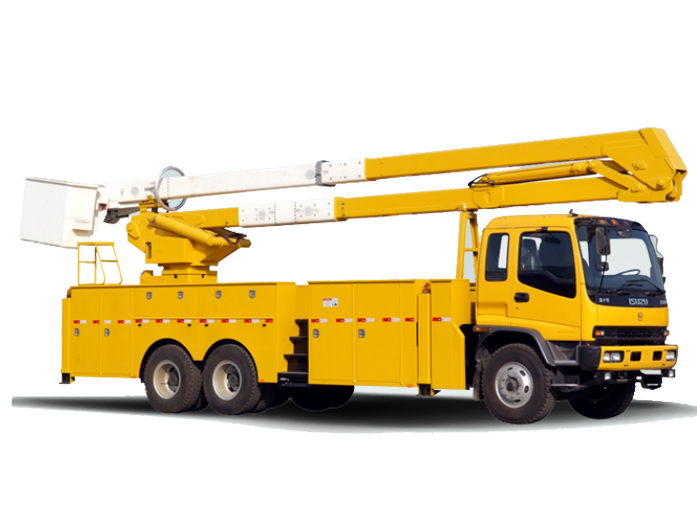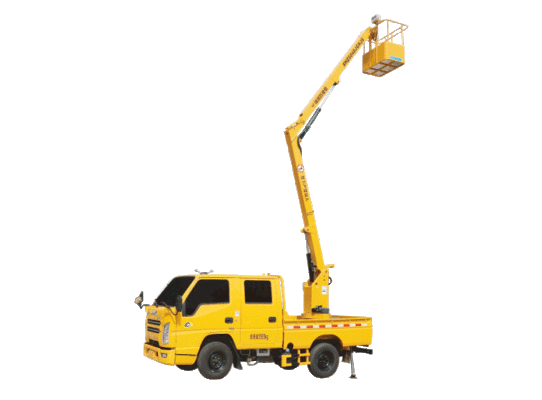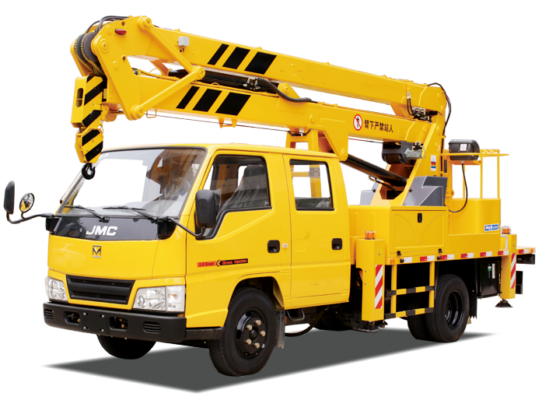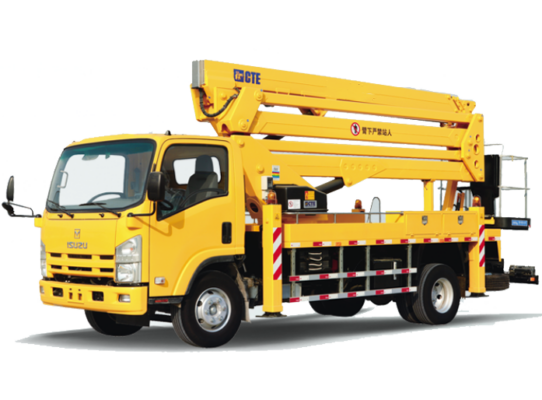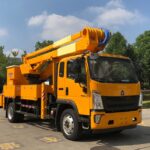1. Initial Maintenance for New Machines
After the first 250 hours of operation, perform the following maintenance tasks:
- Replace the fuel filter le additional fuel filter.
- Inspect the valve clearance of the engine.
2. Daily Maintenance
Perform these checks and maintenance activities on a daily basis:
- Inspect, clean, or replace the air filter.
- Clean the cooling system internally.
- Inspect and tighten track shoe bolts.
- Check and adjust track tension.
- Inspect the intake air heater.
- Replace bucket teeth if necessary.
- Adjust the bucket clearance.
- Check the front windshield washer fluid level.
- Inspect and adjust the air conditioning system.
- Clean the cabin floor.
- Replace the breaker filter (for optional equipment).
- When cleaning the cooling system:
- Ensure the engine is fully cooled.
- Slowly loosen the water filler cap to release internal pressure before draining the coolant.
- Avoid performing this task while the engine is running, as the high-speed rotation of the fan may pose a safety hazard.
- Always park the machine on level ground before changing coolant.
3. Coolant Types and Replacement Intervals
Different types of antifreeze coolants are used based on the environmental conditions and machine specifications. Their replacement intervals are as follows:
| Coolant Type | Replacement Cycle |
|---|---|
| AF-ACL Super Antifreeze | Every 2 years or 4000 hours |
| AF-PTL Long-Life Antifreeze | Every 1 year or 2000 hours |
| AF-PT Winter Antifreeze | Every 6 months (only added in autumn) |
4. Pre-Startup Inspection
Before starting the excavator, perform these checks:
- Check coolant level (add water if needed).
- Check engine oil level (add oil if needed).
- Check fuel level (add fuel if necessary).
- Inspect the hydraulic oil level (add oil if required).
- Ensure the air filter is not clogged.
- Check electrical wiring for any damage.
- Test the horn to ensure it functions properly.
- Lubricate the bucket.
- Drain water and sediment from the fuel-water separator.
5. Periodic Maintenance Tasks
Every 100 Hours
- Lubricate the following components:
- Boom cylinder pin, boom foot pin, boom cylinder rod end
- Stick cylinder pin, boom-stick connection pin, stick cylinder rod end
- Bucket cylinder pin, bucket linkage pin, stick-bucket connection pin
- Inspect and refill oil in the swing mechanism gearbox.
- Drain water and sediment from the fuel tank.
Every 250 Hours
- Check oil level in the final drive gearbox (add gear oil if needed).
- Inspect battery electrolyte levels.
- Replace engine oil le oil filter.
- Lubricate swing bearing at two lubrication points.
- Inspect fan belt and air conditioning compressor belt tension, adjust if necessary.
Every 500 Hours
- Perform 100-hour and 250-hour maintenance tasks.
- Replace fuel filter.
- Check swing pinion grease level (add grease if required).
- Clean radiator, oil cooler, and condenser fins.
- Replace hydraulic oil filter.
- Replace final drive oil (only at the first 500-hour interval, then every 1000 hours).
- Clean the internal and external air filters of the air conditioning system.
- Replace the hydraulic oil breather filter.
Every 1000 Hours
- Perform 100-hour, 250-hour, and 500-hour maintenance tasks.
- Replace the oil in the swing mechanism gearbox.
- Inspect damper housing oil level (add oil if needed).
- Check all fasteners of the turbocharger.
- Inspect turbocharger rotor clearance.
- Check and replace alternator belt if necessary.
- Replace corrosion-resistant filter.
- Replace final drive oil.
Every 2000 Hours
- Complete 100-hour, 250-hour, 500-hour, and 1000-hour maintenance tasks.
- Clean the hydraulic oil tank filter screen.
- Inspect and clean the turbocharger.
- Check alternator and starter motor.
- Inspect and adjust engine valve clearance.
- Check the damper for wear or damage.
Every 4000+ Hours
- At 4000 hours, include an additional water pump inspection.
- At 5000 hours, perform a hydraulic oil replacement.
6. Long-Term Storage Guidelines
When storing the excavator for an extended period, follow these steps to prevent damage:
- Lower all work equipment to the ground to prevent hydraulic cylinder rust.
- Wash and dry the machine thoroughly before storage.
- If storing outdoors, choose a dry, well-drained concrete surface.
- Fill the fuel tank completely to prevent condensation.
- Lubricate all components and replace engine oil and hydraulic oil.
- Apply a thin layer of grease on exposed hydraulic cylinder rods.
- Disconnect or remove the battery to prevent power drainage.
- Add antifreeze to the coolant system based on the lowest expected temperature.
- Start the engine once a month, operate the machine briefly to lubricate moving parts, and charge the battery.
- Run the air conditioning system for 5-10 minutes to maintain functionality.
Qetello
Performing regular and thorough maintenance on an excavator is crucial for ensuring long-term efficiency and preventing costly repairs. By following a structured maintenance schedule—including daily, periodic, and long-term storage care—you can maximize the operational lifespan of your machine while minimizing downtime and repair expenses.

